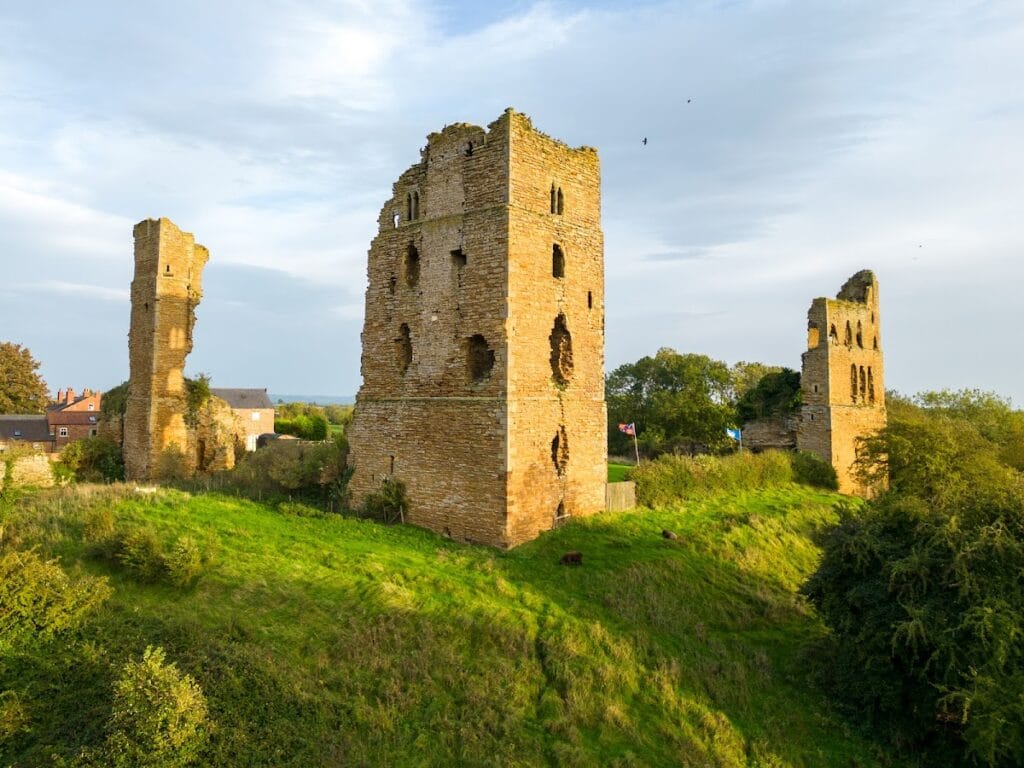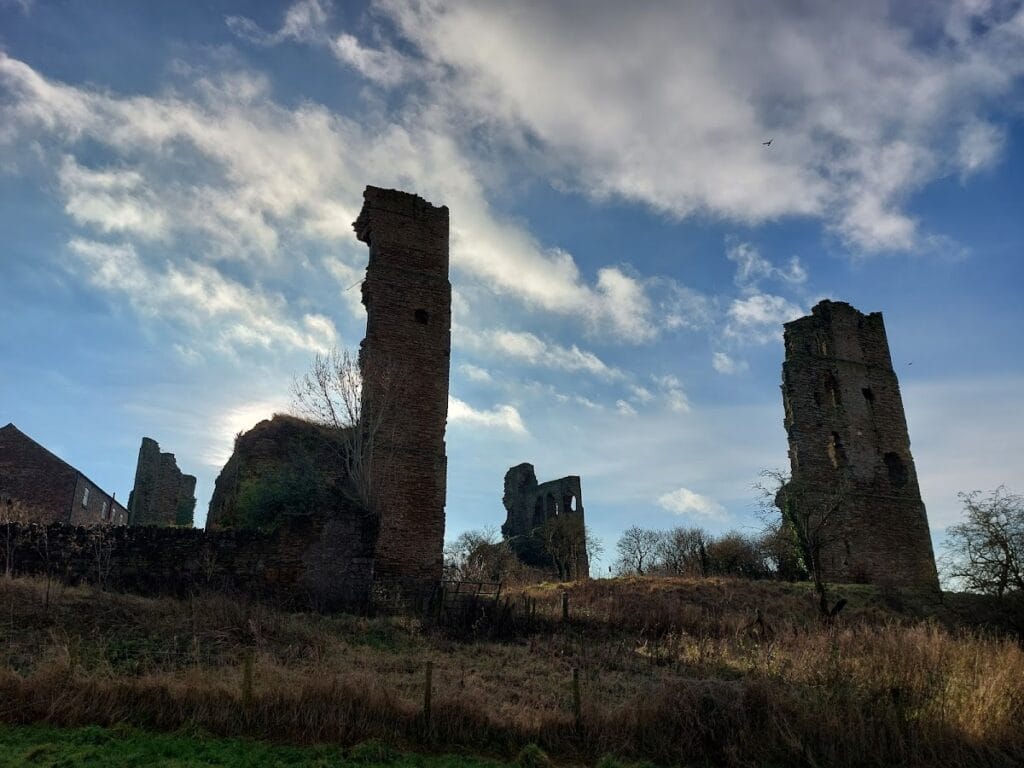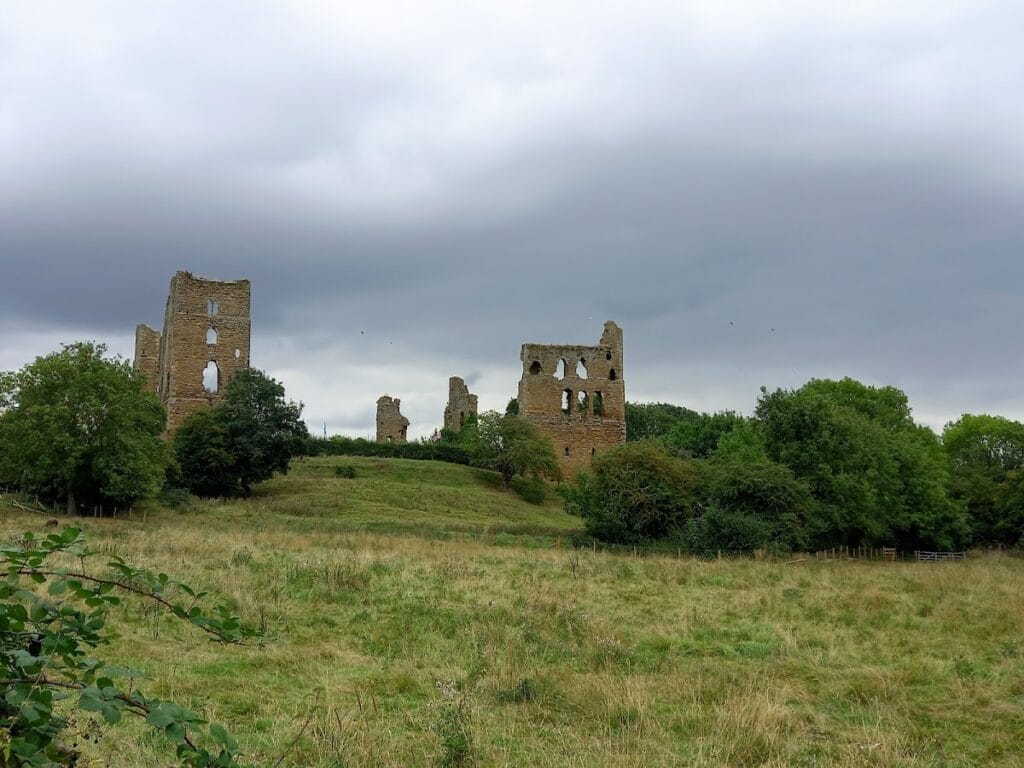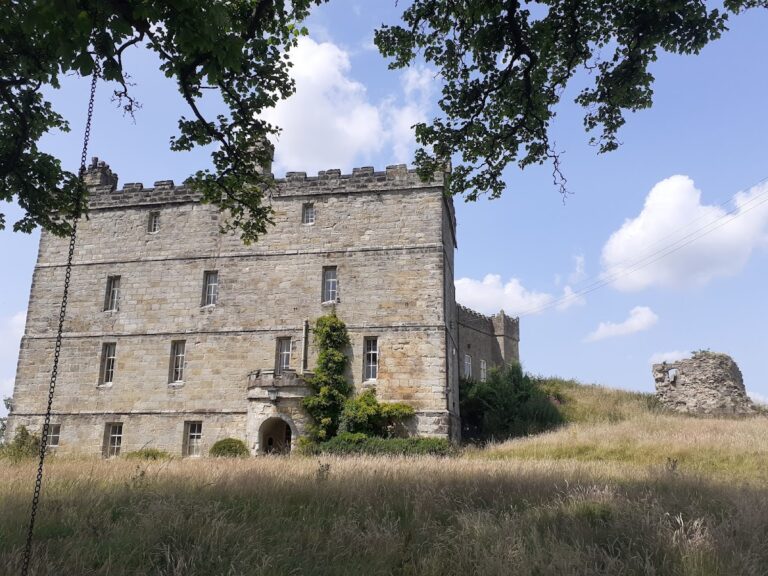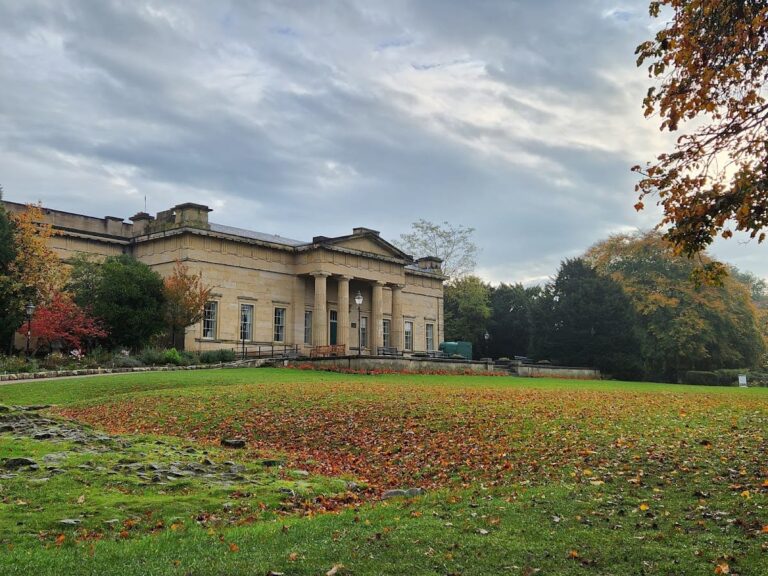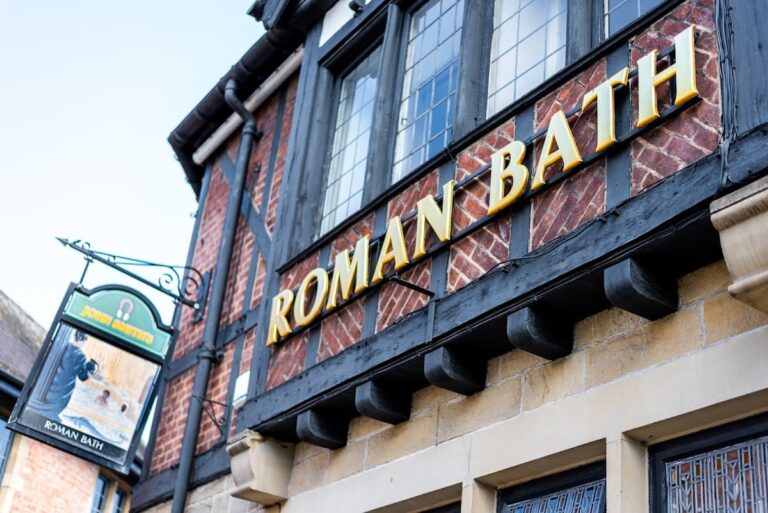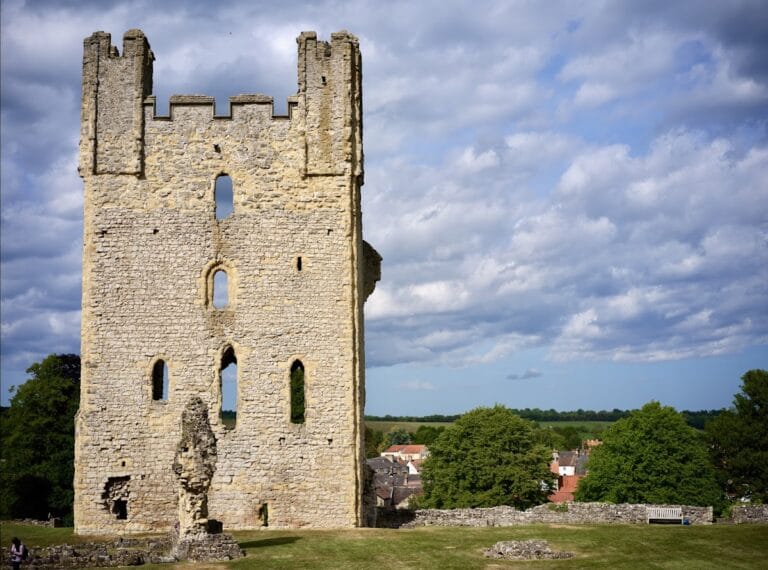Sheriff Hutton Castle: A Medieval English Fortress in North Yorkshire
Visitor Information
Google Rating: 4.3
Popularity: Low
Google Maps: View on Google Maps
Official Website: www.sheriffhuttoncastle.co.uk
Country: United Kingdom
Civilization: Medieval European
Remains: Military
History
Sheriff Hutton Castle is located in the village of Sheriff Hutton in England and was constructed by medieval English nobility. Its origins trace back to the early period of the English Middle Ages, within the royal Forest of Galtres.
The earliest known fortification on this site was a motte and bailey castle built during the reign of King Stephen, roughly between 1135 and 1154. This initial stronghold was the work of Bertram de Bulmer, who served as Sheriff of York. This type of castle typically consisted of a raised earthwork (the motte) with a fortified enclosure (the bailey), reflecting the defensive needs of the period.
By the late 14th century, the site saw significant development when John, Lord Neville, constructed the current stone quadrangular castle at the western edge of the village. In 1377, he secured permission to hold a weekly market and an annual fair, establishing the castle as an important local center. Further fortification came with a license to crenellate granted by King Richard II in 1382. The license officially permitted the addition of battlements, enhancing the castle’s defensive and imposing character.
Ownership of Sheriff Hutton Castle passed through several prominent members of the Neville family, including Ralph Neville, 1st Earl of Westmorland, and later Richard Neville, 5th Earl of Salisbury. It was Richard Neville, 16th Earl of Warwick, also known as “Warwick the Kingmaker,” who held the castle during the turbulent years of the Wars of the Roses. After Warwick’s death in 1471 during the Battle of Barnet, the property was transferred to Richard, Duke of Gloucester, who would become King Richard III. Due to its proximity to York, the castle functioned as a residence for Richard in his role as Lord of the North.
In 1484, Richard III established a royal household at Sheriff Hutton Castle for Edward, Earl of Warwick, and John de la Pole, Earl of Lincoln. Around the same time, he founded the Council of the North, a regional administrative body with headquarters at Sheriff Hutton and Sandal Castle. This council continued to operate for about 150 years, serving as a governing authority overseeing northern England.
During the tense period leading to the Battle of Bosworth in 1485, Richard III used Sheriff Hutton Castle as a place of refuge for his niece Elizabeth of York and other noble captives while he awaited the arrival of Henry Tudor’s invading forces. Following Richard’s death at Bosworth, the castle became royal property under the new king, Henry VII.
In the late 15th and early 16th centuries, the influential Howard family occupied Sheriff Hutton Castle. Thomas Howard, who later became the 2nd Duke of Norfolk, is believed to have served as the castle’s constable and conducted repairs on the building in 1537. A survey made in 1525 noted that parts of the castle required maintenance, indicating a decline in its condition. During this time, Henry VIII is said to have sent his illegitimate son Henry Fitzroy to be raised at the castle, highlighting its continued use as a noble residence and place of governance.
The castle’s importance began to wane after the Council of the North relocated its headquarters to York in the mid-16th century. Though Henry Hastings, 3rd Earl of Huntingdon, attempted repairs in 1572, by 1618 the structure was officially described as ruinous. In 1622, the Ingram family acquired the property, repurposing stone from the castle for local building projects. The castle ruins remained in their ownership until the early 20th century, at which time the site was used as a farmyard.
In the 1950s, Sheriff Hutton Castle was recognized for its historical significance and designated a scheduled ancient monument. Some preservation work was later carried out by English Heritage. While the ruins still exist today, the castle remains under private ownership.
Remains
Sheriff Hutton Castle is a large stone fortress distinguished by its quadrangular layout, with four rectangular towers at each corner connected by ranges of buildings forming an enclosed courtyard in the center. This design reflects the late 14th-century construction phase initiated by the Neville family. The overall form is defined by straight walls along the north and west sides, while the south and east walls feature obtuse, outward-pointing angles at their midpoints.
The main point of access to the castle lies in the east wall, where a gatehouse provides controlled entry. Built primarily of rubble mudstone, the castle’s stonework is dressed — or faced — with sandstone sourced from nearby Terrington, revealing regional material use. Presently, only fragments of the corner towers survive to their original height. The ranges of buildings and the curtain walls that once connected these towers have largely disappeared over time.
Originally, Sheriff Hutton Castle included two additional enclosed areas beyond the inner courtyard: a middle ward and an outer ward. These spaces would have provided extra layers of defense and domestic function but are now overlain by a farmyard adjacent to the main castle ruins.
Although much of the building fabric has not survived intact, the castle is officially recognized as a Grade II* listed structure, indicating its special architectural and historic interest. Its status also marks it as an internationally significant heritage site, reflecting both its medieval origins and its role in English history. Some repair work undertaken by English Heritage in the 20th century has helped stabilize the ruins, ensuring the preservation of the remaining structures for future study and appreciation.
